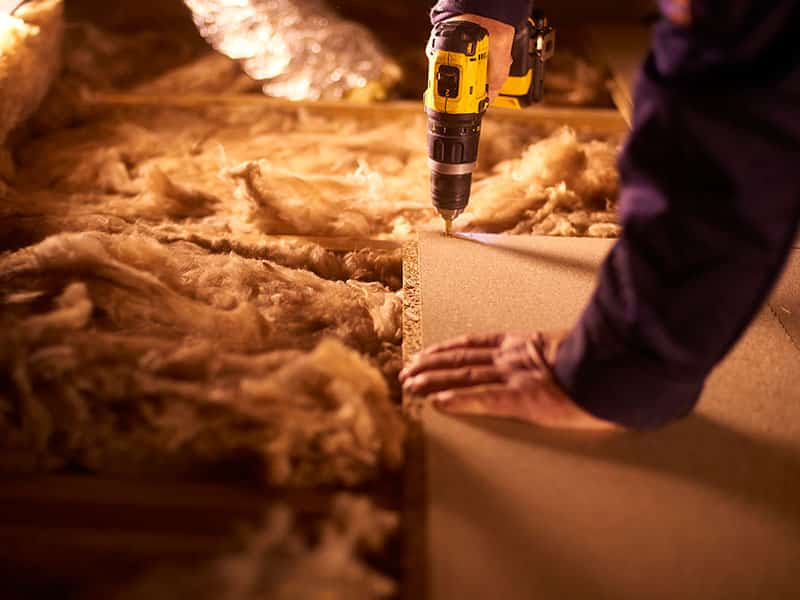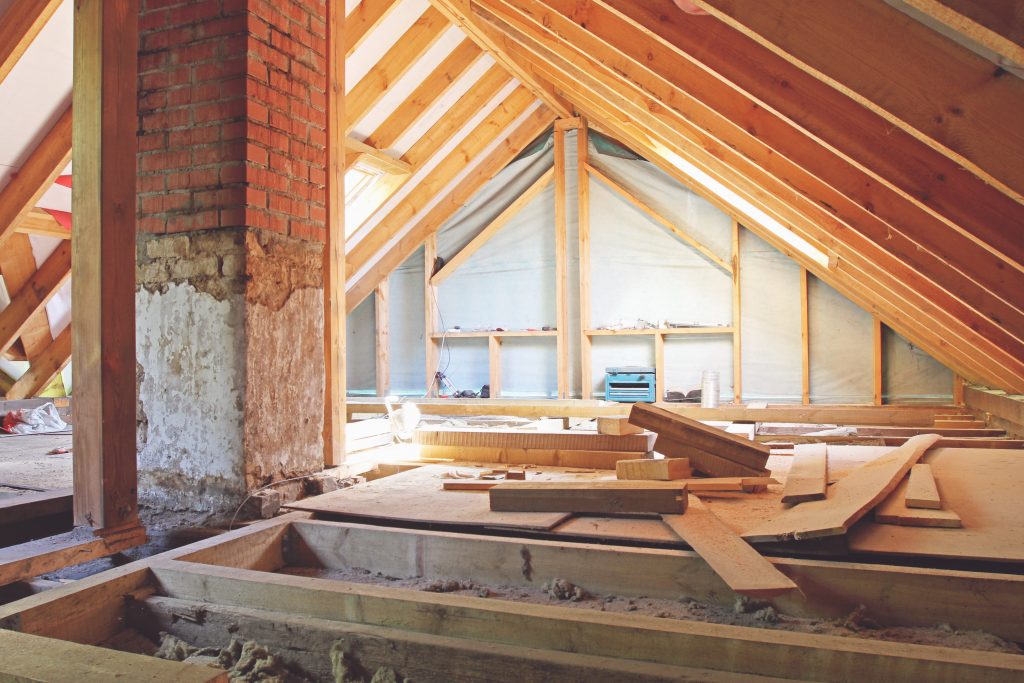5 Common Loft Boarding Mistakes
If you’ve got a loft space in your home, then the chances are that you’ve considered storing items up there. It’s a great space to keep seasonal things or just those items you don’t want to part with but don’t always need to hand. But to use your loft space for storage, you first need to install loft boarding.
A lot of people see this as a simple DIY task, but it can actually be hard work, and if you don’t know what you’re doing you could compromise the thermal efficiency of your property or, worse yet, damage it by incorrectly installing boards.
To demonstrate the numerous reasons you should always opt for professional loft boarding, we’ve got five common loft boarding mistakes to share with you.

1. Squashing your insulation
One of the biggest loft boarding mistakes we see from people who go for DIY loft boarding is the compression of insulation materials. This happens when you board your loft directly on the joists. This might seem like an ideal way to affix your boards, but more often than not you’ll need to squash your insulation in order to get the boards flat across the joists.
Placing loft boarding over insulation and squishing it is one of the worst things you can do, because the more compact it is, the easier it conducts heat, meaning you lose more heat from your home via the loft. Keep your loft insulation between 200mm and 270mm in thickness – depending on your property type – for proper thermal efficiency.
At Loft Storage Rooms, we install high-quality, raised loft boarding to protect your insulation and give you a professional finish.
2. Mishandling cables and pipes
Your loft is often filled with pipes and cables that carry essential utilities throughout the property. When it comes to boarding the loft, one of two mistakes can be made: either people don’t think about the design of their boarding layout and end up boarding over essential cables and pipes that they need access to in future, or, people try to move them. The latter usually results in either cutting into joists or mishandling wiring, both of which can be extremely unsafe for obvious reasons.
3. Blocking your ventilation
Every loft space needs to be able to breathe due to the heat and humidity that can build therein. This is where another classic design pitfall occurs, with people boarding over soffit vents without thinking, only to see issues occurring with moisture and overheating in the loft. This is why a proper assessment and boarding plan has to be established before work begins.
4. Covering your loft downlights
This won’t apply to all homes, but some will have downlights fitted via the loft space for the ceiling below. Covering these with either insulation, loft boards or both can be extremely dangerous because many lights generate heat and there is also always a risk of an electrical fault. Not only does boarding over them mean you lose access to them, but it also creates a fire risk in your home.
5. Not using proper safety gear
A few boards, a few nails, a hammer, and most people think they’re ready to get into the loft. This is how injuries happen.
Not only do you need to make sure you have the right tools, but you also need the right safety equipment too. That means clothing that covers and protects your skin, goggles to protect your eyes, a mask to stop you from inhaling dust and insulation fibres, as well as gloves and knee pads. Even with all this in place, if you aren’t paying full attention to what you’re doing, you could hurt yourself by trying to carry out work in your loft.

When it comes to your home, its thermal efficiency and your safety, don’t let DIY loft boarding get the better of you. Make the most of your loft space with professional loft boarding from a trusted and reliable company like Loft Storage Rooms.
We have years of experience in helping homeowners in Cambridge, Harlow, London and large parts of the UK, providing loft flooring and boarding as well as luxury loft storage rooms for when you want more than just boards.
Contact our helpful and friendly team today to discuss the plans you have for your loft and we’ll be happy to assist you.
Alternatively, fill in our quick form below.
